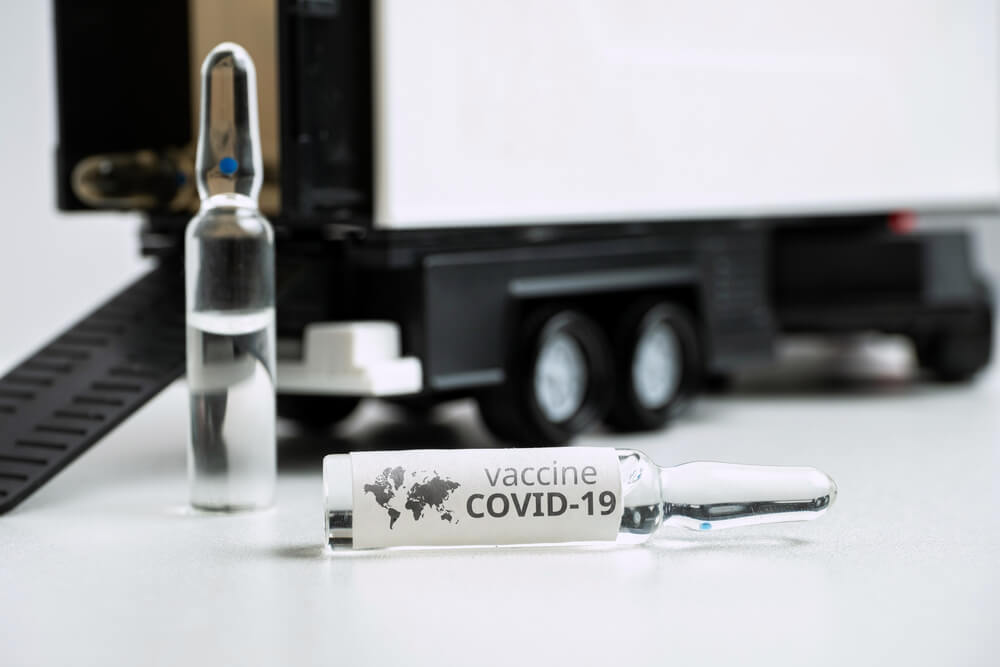The pandemic may reach its climax after transporting the COVID-19 vaccine to healthcare centers around the nation. Pharma giants Pfizer, along with partner BioNTech announced their vaccine in November 2020, saying the vaccine would be 95 percent effective at preventing the coronavirus. Competitor Moderna made a similar announcement a few days later. Here's what to expect in the transport of the COVID-19 vaccine in 2021.
COVID-19 Vaccine Transportation
Both the Pfizer and Moderna vaccines require a two-step process in which participants must take the shot on two occasions several weeks apart. This provision can potentially create a slowdown if the government decides to accelerate vaccine distribution, which has been discussed in January 2021.
Several steps are required in the delivery of the vaccine to hospitals and pharmacies. Each pharma company has its own specifications as to how the product is shipped and how the shot in the arm is administered. The Moderna vaccine must be transported at -4 degrees Fahrenheit and can remain frozen for up to six months. For administration, it must be thawed and can be stored in a refrigerator at about 40 degrees Fahrenheit for up to a month (within the 6 month shelf life). The Pfizer vaccine, by contrast, must be shipped at -94 degrees Fahrenheit and once refrigerated must be used within 5 days.
Logistics of Transporting COVID-19 Vaccine
"Cold chain" is the name of the strategy for shipping products such as meat, chemicals, and vaccines at low temperatures. The supply chain must be able to distribute 50 million doses of Pfizer's product and even more the following year. Meanwhile, Moderna plans on making about 20 million doses this year. Both vaccines have been fast-tracked by the FDA for "emergency use €.
The main challenge suppliers and distributors face is how well the vaccine will be preserved in the shipping process. If the vaccine becomes contaminated or damaged, it can create major market disruptions. Many industries are counting on the pharma industry to provide the solution for returning to pre-pandemic norms. So, the vaccine makers must choose distribution methods carefully.
Not very many facilities are set up to handle freezing temperatures. Certain large universities and industrial complexes, as well as hospitals, might have the proper equipment. Certain pharmacies connected with large chains can store items at -86 degrees Fahrenheit.
Pfizer's distribution plan is to transport thermal shippers carrying 975 vials by truck. The cargo will then be sent to planes that transport them in various directions. North Carolina State University professor Julie Swann recently told
Scientific American that U.S. transportation companies will run extra flights to ensure the millions of doses get to all the proper locations. Another option for distributors is to partner with regional pharmacies.
A major key to economic recovery and the end of the pandemic will involve the successful transportation of the COVID-19 vaccine. Are you looking for delivery services for the delivery of your goods? Choose
MDS. Located in Southern California, we're your custom courier & mail delivery service experts for all your mail and delivery needs in Los Angeles, Long Beach, Irvine, and Orange County. Contact us for more information today.


